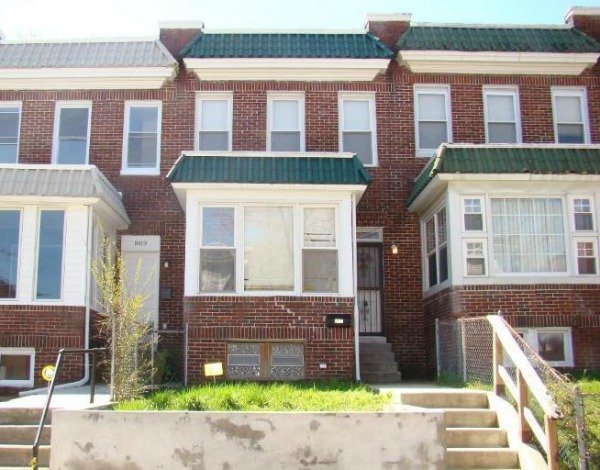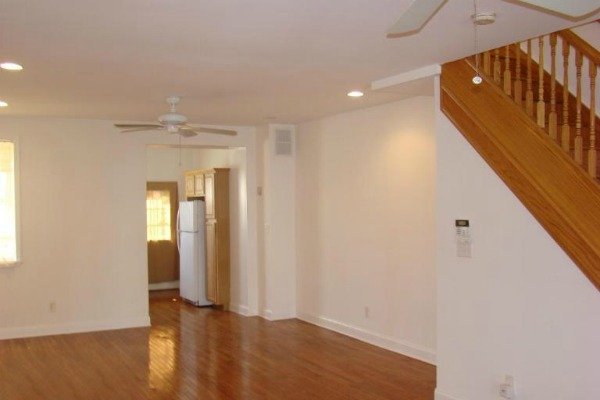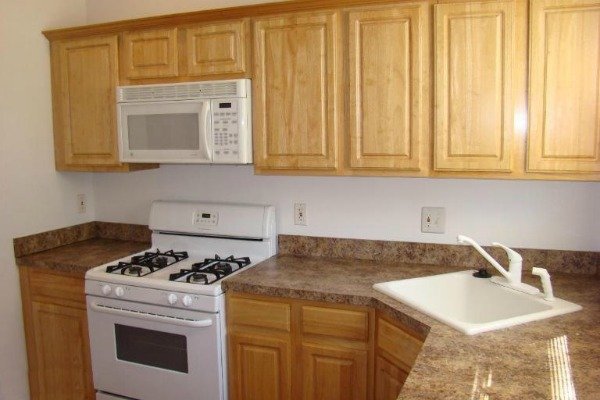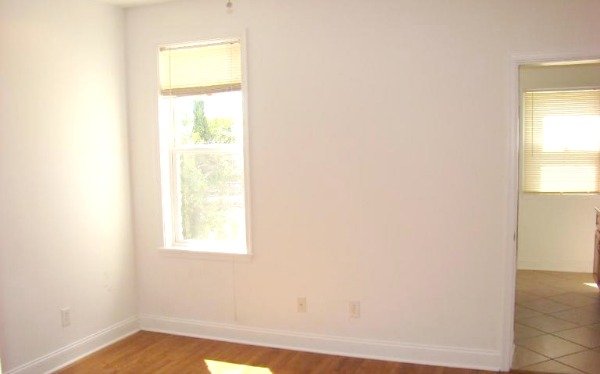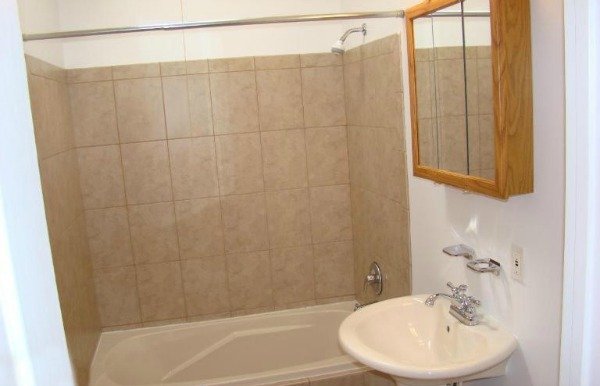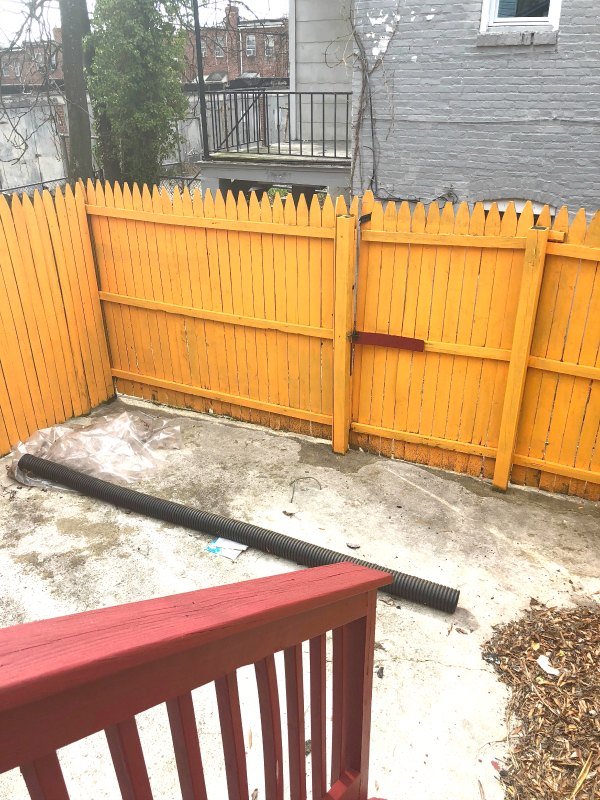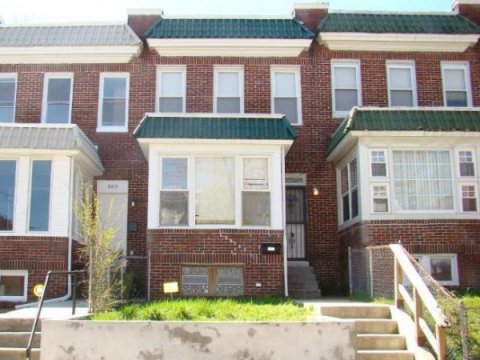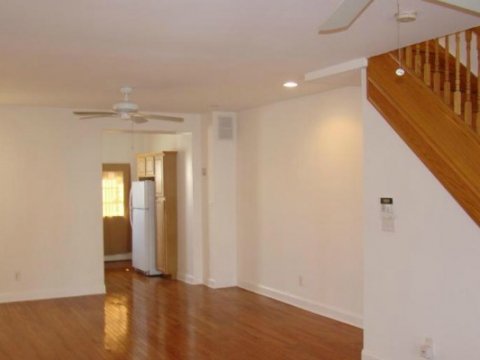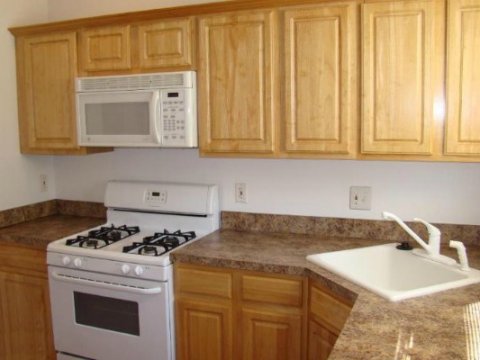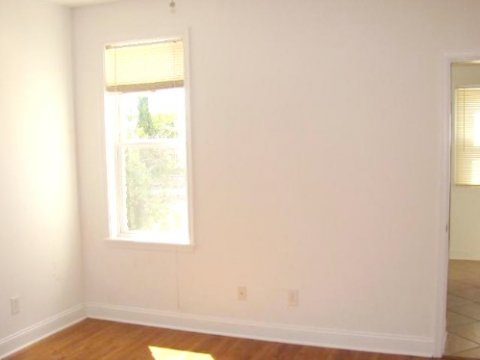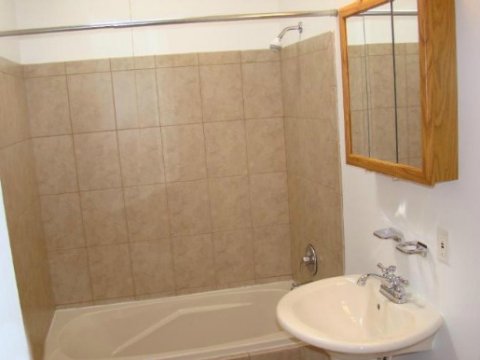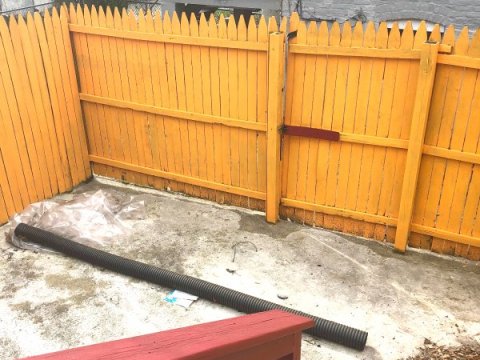|
807 Cator Ave, Baltimore, MD 21218
|
|
807 Cator Ave, Baltimore, MD 21218
2br/2ba
Cap Rate: 10.34%
Income Analysis
Sales Price: $95,500
Guaranteed monthly rental income: $1,300/mo
Estimated Annual Taxes: $1581
Estimated Annual Insurance: $840
Estimated Annual Maintenance Costs: $1,300
** This estimate is based on any potential repairs the property may need over the course of a year. In our experience, this number is typically lower, but we always estimate on the high side.
Annual Property Management: $1,560
**The fee is 10% of the monthly rent.
Annual Net Rental Income: $15,600
Annual Cumulative Hard Costs: $5,281
Adjusted Gross Annual Income: $10,319
5 Year Return: $51,595
10 Year Return: $103,190
|
|
|
More About Waverly Community
|
|
|
Waverly ZIP codes: 21218
A historic village in the heart of Baltimore, Waverly is a safe, culturally diverse neighborhood with an active community life, innovative schools, affordably priced housing, and a strong sense of community. Conveniently located near I-83, York Road and major bus connections, Waverly provides easy access to downtown Baltimore, Towson, and the beltway. Solid working/middle class neighborhood, with a high percentage of home ownership. Very active community association(Waverly Improvement Association) with lower than average crime stats (according to Northern Police District). Ancient Waverly, when it came into being, was called "Huntingdon," from St. John's Episcopal Church, Huntingdon the community's oldest church, dating from the 1840s. In 1840 the town of Waverly included six buildings all clustered near the 3100 block of York Road: a shoemaker's shop, a corn husk depot, a blacksmith, and three small stone houses. The shoemaker, Jacob Aull, was an immigrant from Bavaria whose sons built the houses in Waverly's first housing boom and whose daughter Louisa became a neighborhood historian. Surrounding this little village, away from York Road, there were still the estates, summer houses, arboretums and horse farms of the affluent. In 1866, a large parcel of land, much of it previously used for pasture and farming, was bought and divided into lots. New avenues were laid out. More houses were built, as were the first firehouse, the town hall, and finally the Post Office. Obtaining the Post Office led to the change of name to Waverly, after Sir Walter Scott's first novel, Waverley, to avoid confusion with the myriad Huntingdons. With rural origins and a history as a suburban village, by 1974 Waverly was considered representative of an urban community, and was used as such by the Gallop Poll. Residents of the 900 block of Homestead Street were asked whether Nixon should resign. According to the story, the first residents alerted all the others to be home and answer the door, and soon the President was gone.
|
|
|
Unaware of what the Baltimore
Real Estate Market has to offer?
RealtyTrac and Bigger Pockets ran the numbers for 2017. Baltimore City was named the #1 Rental Millenial Mecca Market for 2017 as well as #2 in the Nation for Single Family Rental Income Returns! Finally it's recently been named the #1 market in the US for property flip returns as well.
Make sure to also read about the multi-billion dollar Port Covington project coming up in downtown Baltimore. It's one of the largest development projects currently on the East Coast, bringing in 20k new employees to the downtown area. Recently Goldman Sachs invested $233 Million in this project too in an effort to lure Amazon to make Baltimore it's 2nd Home.
|
|
|
What's a Cap Rate?
The net income an asset produces in a given year divided by its purchase price. The capitalization rate is used to help determine the rate of return, or how fast an asset pays for itself and begins to make a profit. For example, if an asset cost $1,000,000 and it produces $100,000 in a given year, the capitalization rate is 10% and it will take 10 years to pay for the asset with the money it produces. However, it is important to note that the capitalization rate may change from year to year. For example, the same asset could produce $100,000 in year one but $250,000 in year two. It is informally known as the cap rate.
|
|
|
|
